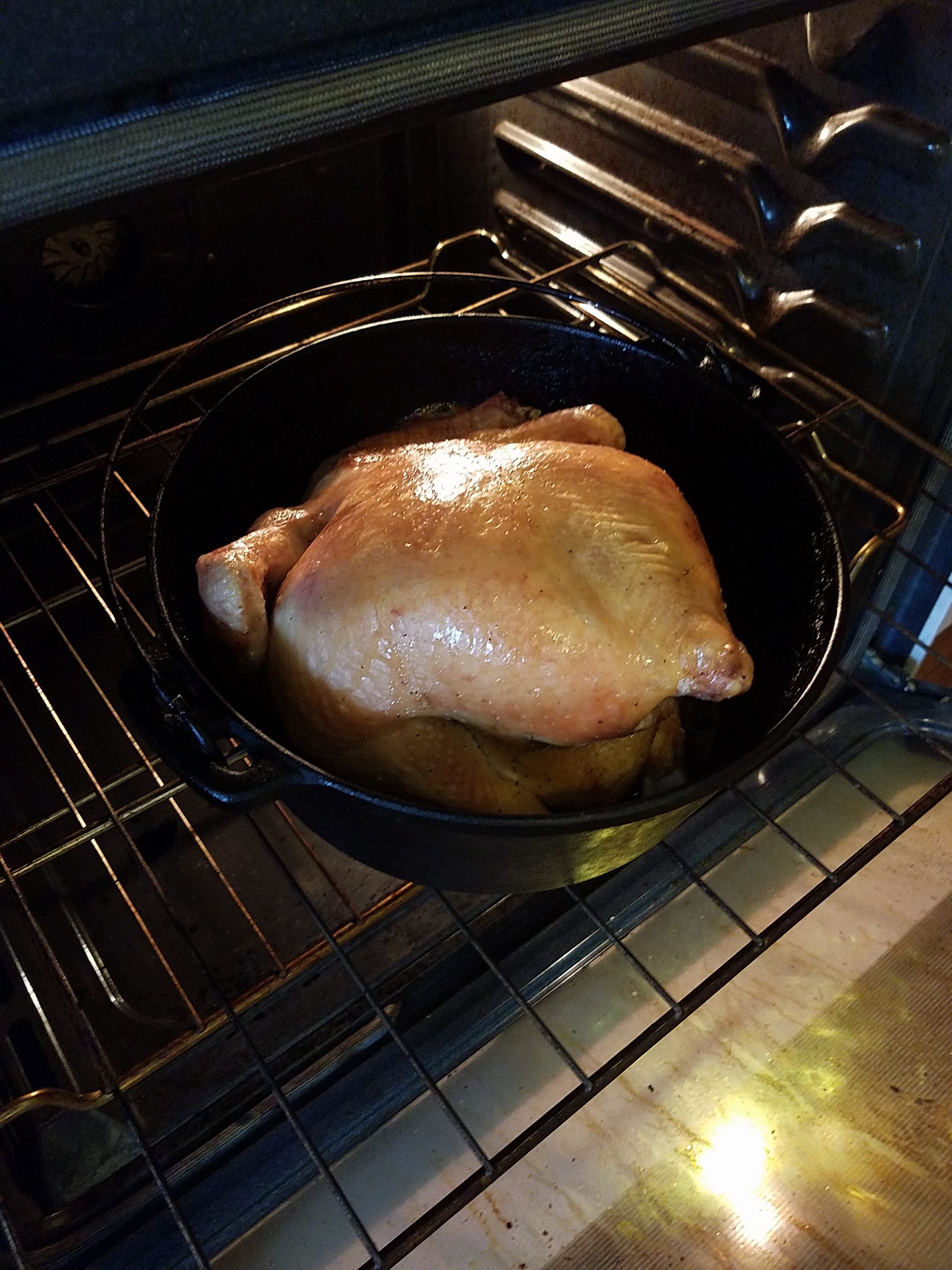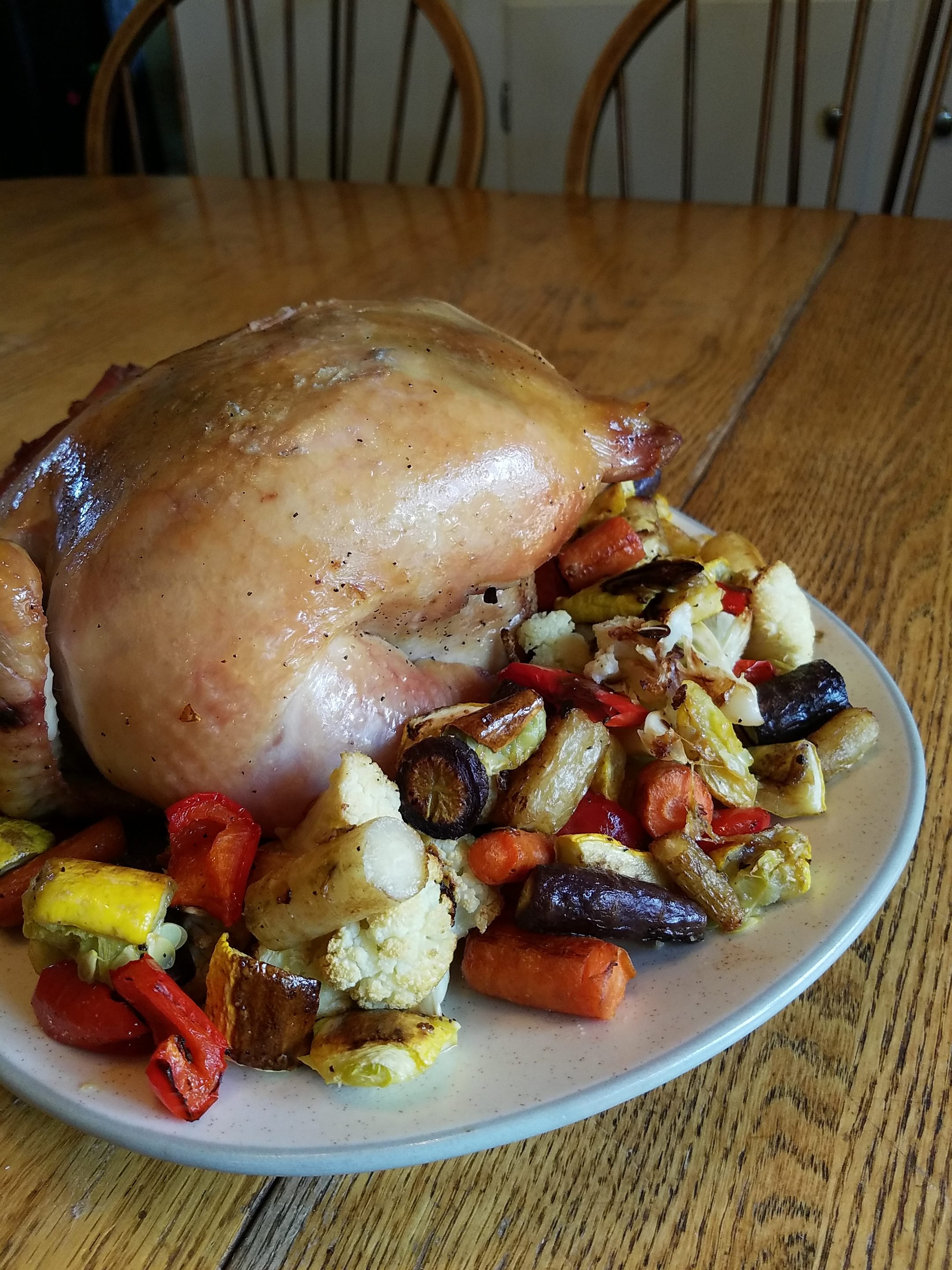We arrived home from a relaxing vacation to discover that the thermostat on our enormous upright freezer had stopped working. This is the freezer into which I had been faithfully stocking this summer’s fruits, vegetables, and yes, meat—lots of meat. Thankfully, almost everything was still frozen. And we had purchased a chest freezer this summer in which to store chickens for customers. So until the repairman could visit, David and I worked in tag team fashion, stuffing both the chest freezer and the kitchen freezer with everything that would possibly fit.
However…
Throughout the year, I had accumulated a nice collection of bones and bits of leftover meat from chickens, hams, and even a turkey. The idea was that when the cold weather returned, I could use these nuggets of frozen inspiration to fill the house each week with the fragrance of warm bone broths and soups. Now, without even an extra inch in which to store them, I turned to Plan B.
“Why not spend a week making the soups now?” I thought. “By freezing them in meal-size portions, one dinner each week will be a simple matter of heat and serve. Plus, what a great way to have a stockpile of soups ready to share with others at any time.”
And so this week has been all about soup. Through the chilly months to come, I will gladly share with you from the collection of recipes I have accumulated over the years. Each will feature meat that we raise on Love Led Farm. Each has been tested and approved by Critic Number One–my husband. And, with each recipe I will share some tips for making it easier and healthier.
So, grab your cutting boards and soup pots. It’s time to make soup!
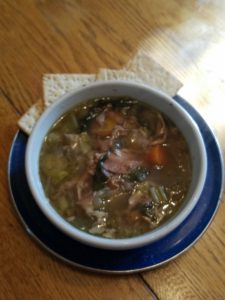
Today, let’s start with Basic Chicken Soup. Uncomplicated, soothing to the body, and so good for you–it’s comfort in a bowl.
Chicken Soup with Vegetables and Noodles
What to Put In It:
The bones and meat from a roasted chicken
2 large stalks of celery, rough chopped
1 medium onion, rough chopped
2 or 3 medium sized carrots, sliced
2 tsp. minced garlic
1 tsp. thyme
1 tablespoon salt (you can reduce this if your chicken was already heavily seasoned)
1/2 tsp. pepper
water to cover–6 to 8 cups
1 large package of frozen mixed vegetables or 4 cups of fresh, chopped vegetables
2-4 cups of uncooked noodles (depending on how “noodly’ you like your soup.)
How to Make It:
Load the chicken, celery, onion, and carrots into your stock pot. Sprinkle the garlic, thyme, salt, and pepper on top and cover with water.
Bring the liquid to a boil and then cover and simmer for until the meat falls off of the bones–1 or 2 hours. Turn off the heat and allow the soup base to cool. Pull the meat off of the bones. The bones get discarded; the meat goes back into the pot. Add the remaining vegetables. Bring the soup back to a boil, and then lower to a simmer until the vegetables are tender. Add the noodles 10-15 minutes before serving.
Terrific Tips
*Making Broth. Since chicken broth is a basic ingredient for a lot of other soups and casseroles, I always keep several jars in the freeze. Instead of finishing the soup, I strain the liquid and discard the meat and vegetables. Then, I cool the broth in the refrigerator so I can skim off the fat before transferring the golden liquid to freezer containers.
*Use Your Crockpot. It’s so easy! After we have enjoyed one of “Robin’s Roasted Chickens,” I transfer the bones and juices right into my largest the crockpot. I add the onion, celery, carrots, seasonings, and water, and let it cook overnight. On soup day, simply add the rest of the vegetables and cook it on low during the day, adding the noodles towards the end.
*Instead of Noodles, Try Zoodles. We like to add vegetables wherever possible. So instead of noodles in our soup, I make zoodles. I use 1 large zucchini and my spiralizer to create mine but they are also available in the frozen vegetable section of your store. Some people like to salt and drain them before adding them but for soup, I have not found this necessary. Just add them to the simmering soup about 10 minutes before serving so the zoodles can cook thoroughly, and since they tend to get mushy, don’t overcook them.
Soup season is here! It’s time to stir up something warm and wonderful for your family. What will be in your soup pot this week?
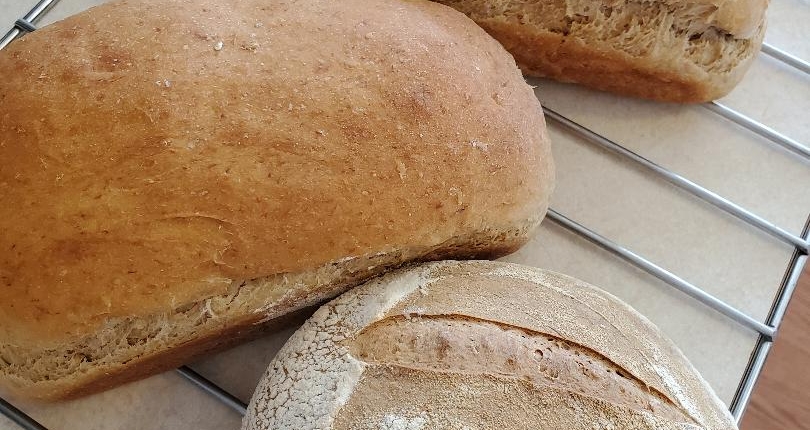

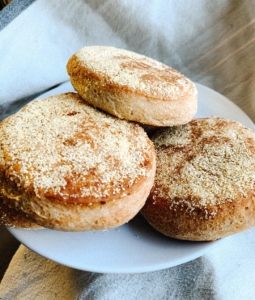




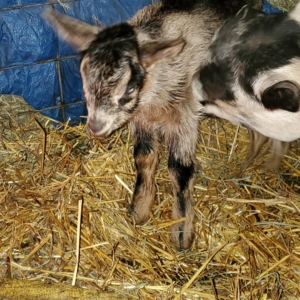
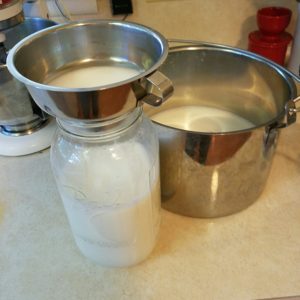

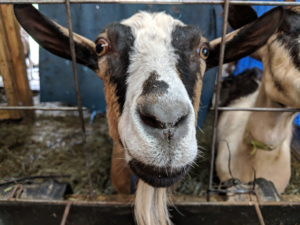

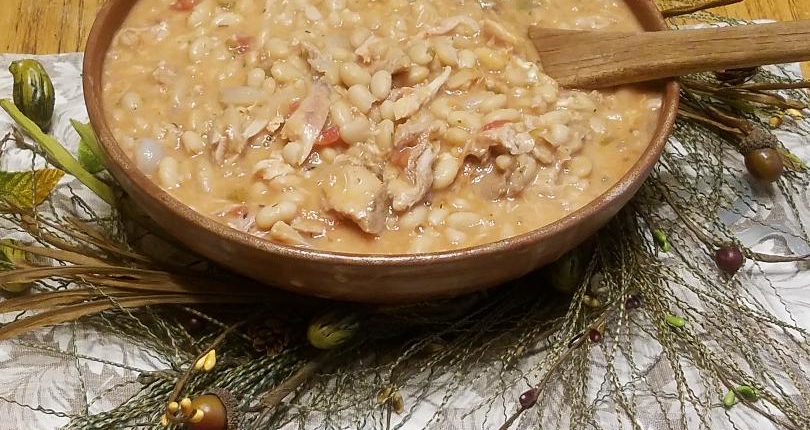

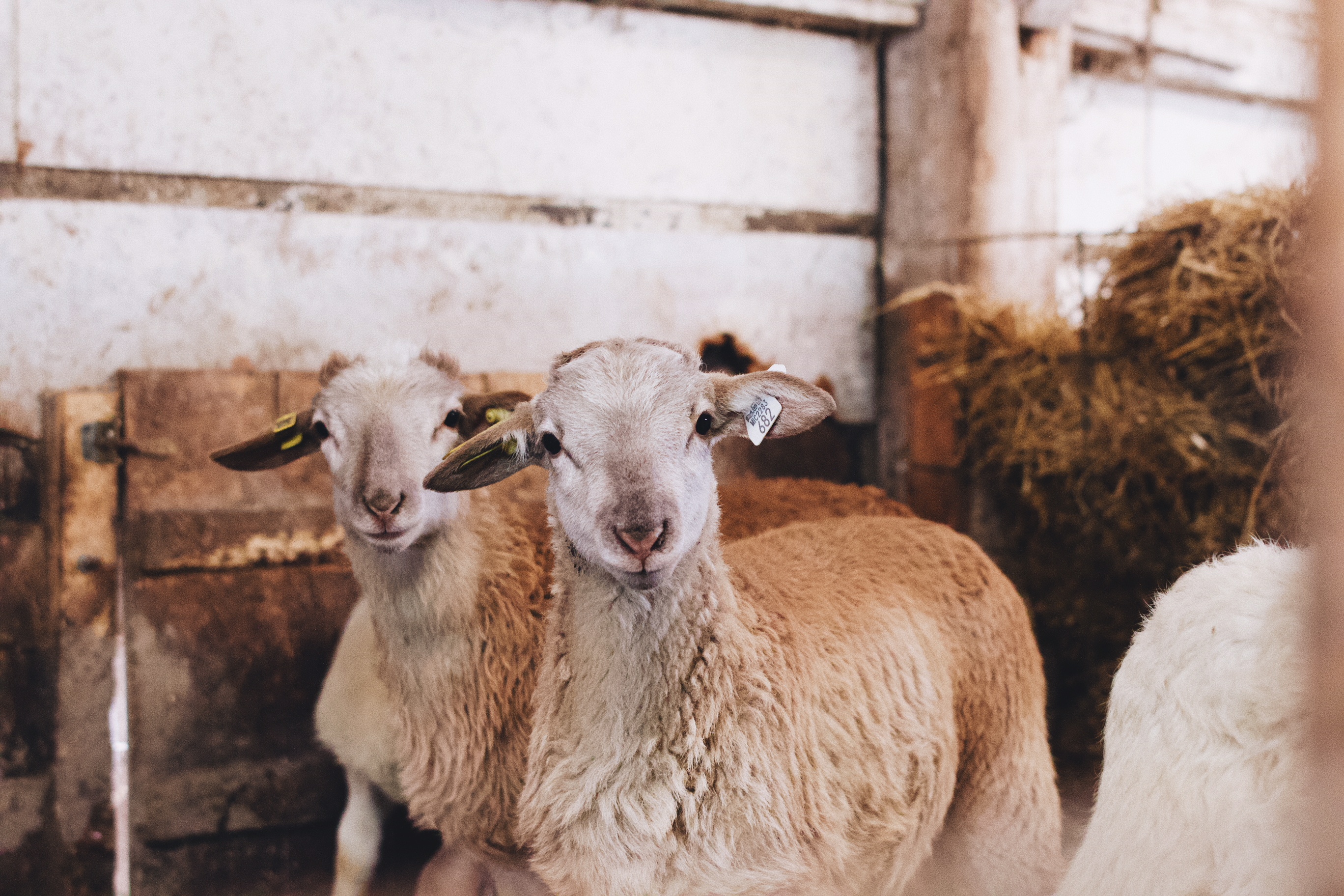

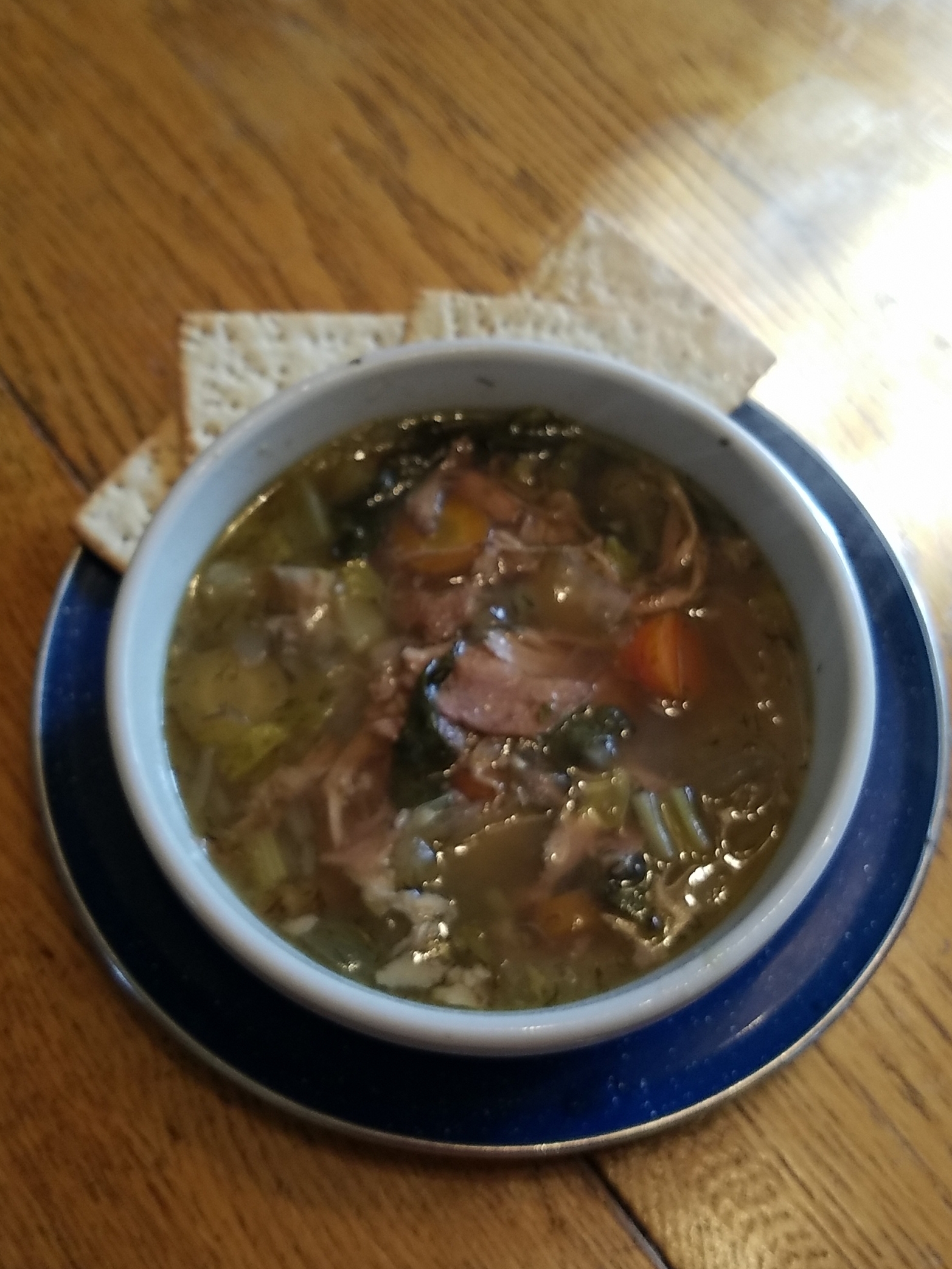
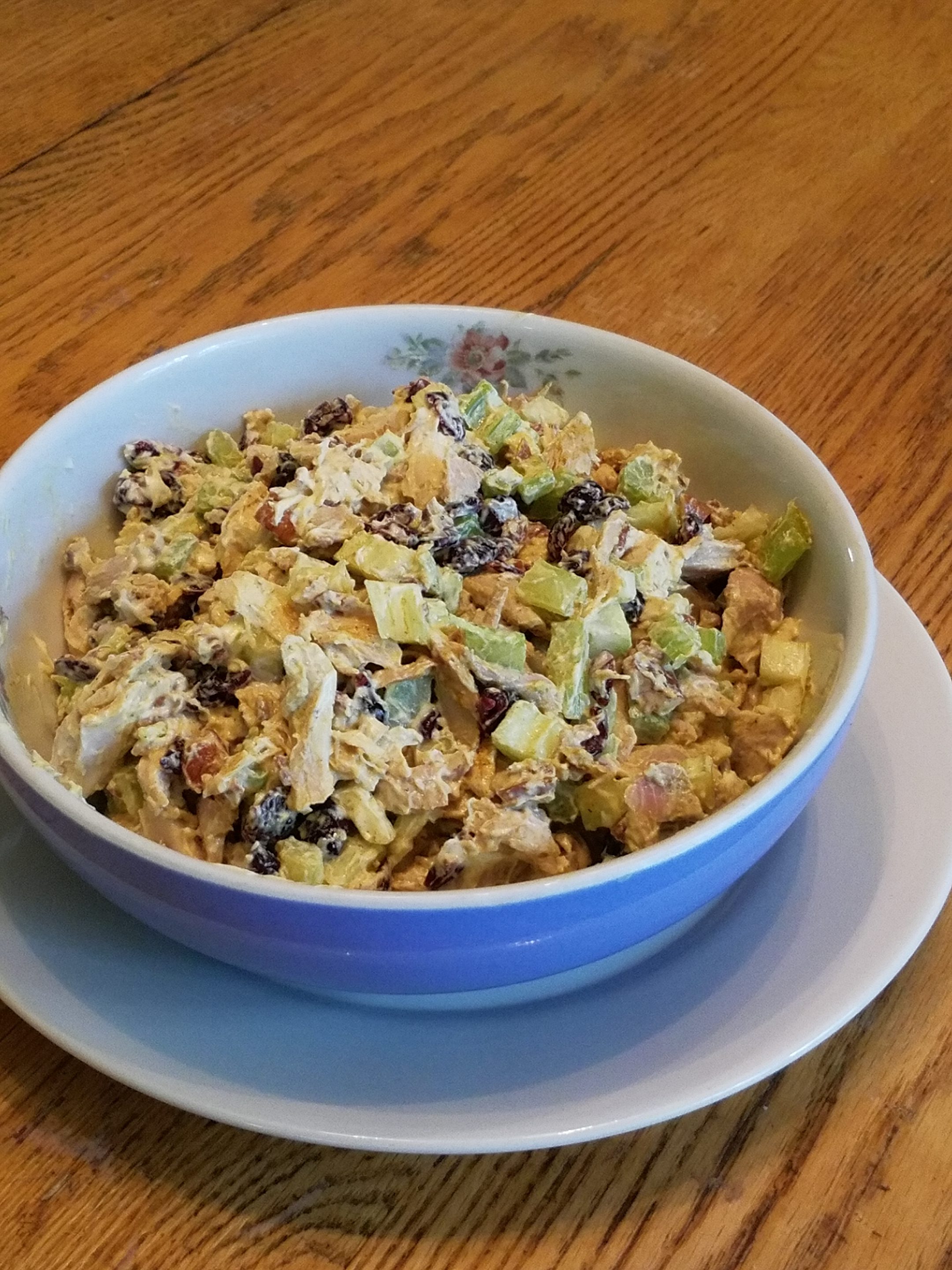
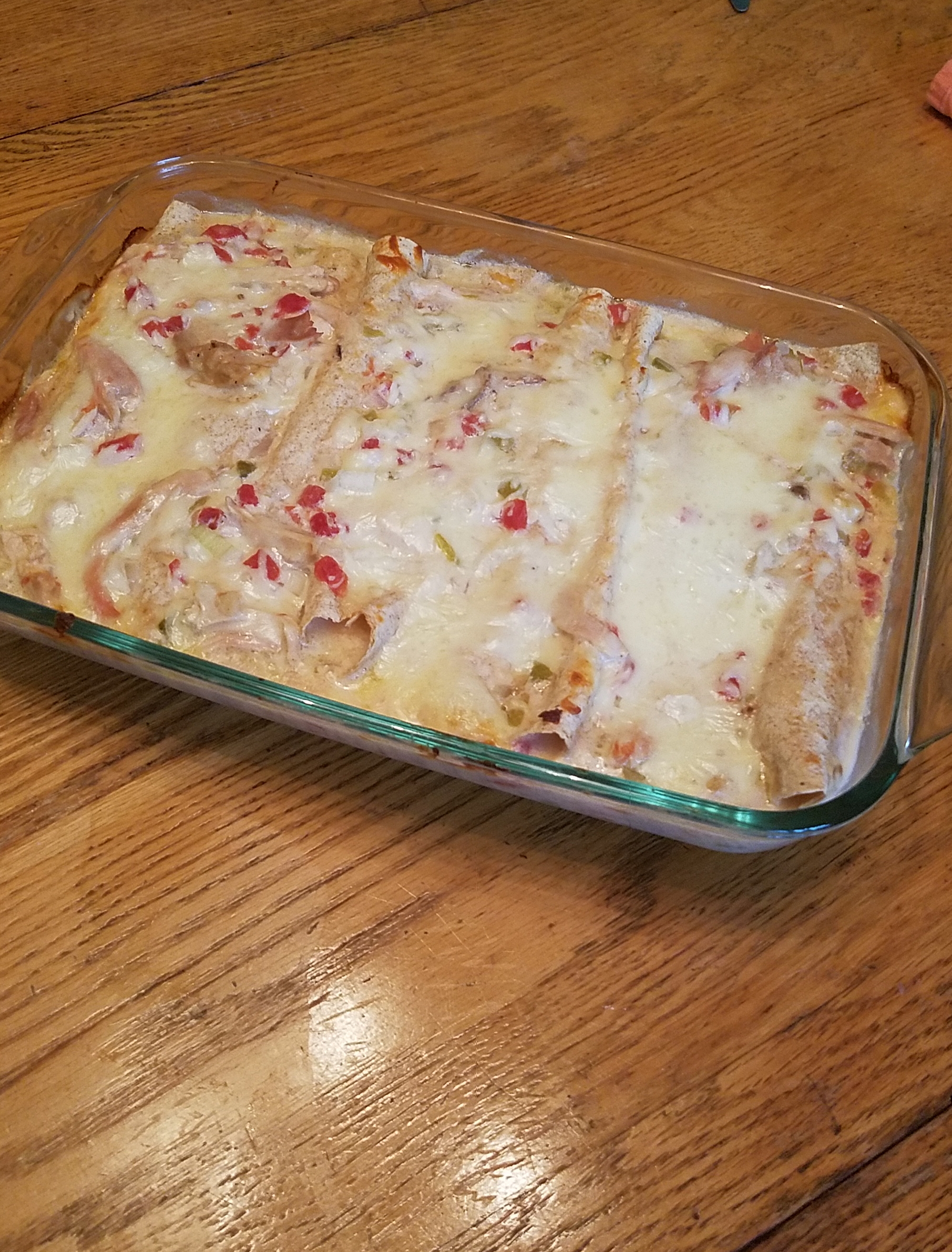 My husband considers Mexican cuisine to be a food group. So Day Two of my four-day challenge had to feature something spicy. Meet the Chicken Enchilada…a great way to use part of my leftover roasted chicken. I have had this recipe for years and have served it to many guests. It yields a large pan of cheesy, chicken goodness.
My husband considers Mexican cuisine to be a food group. So Day Two of my four-day challenge had to feature something spicy. Meet the Chicken Enchilada…a great way to use part of my leftover roasted chicken. I have had this recipe for years and have served it to many guests. It yields a large pan of cheesy, chicken goodness.
